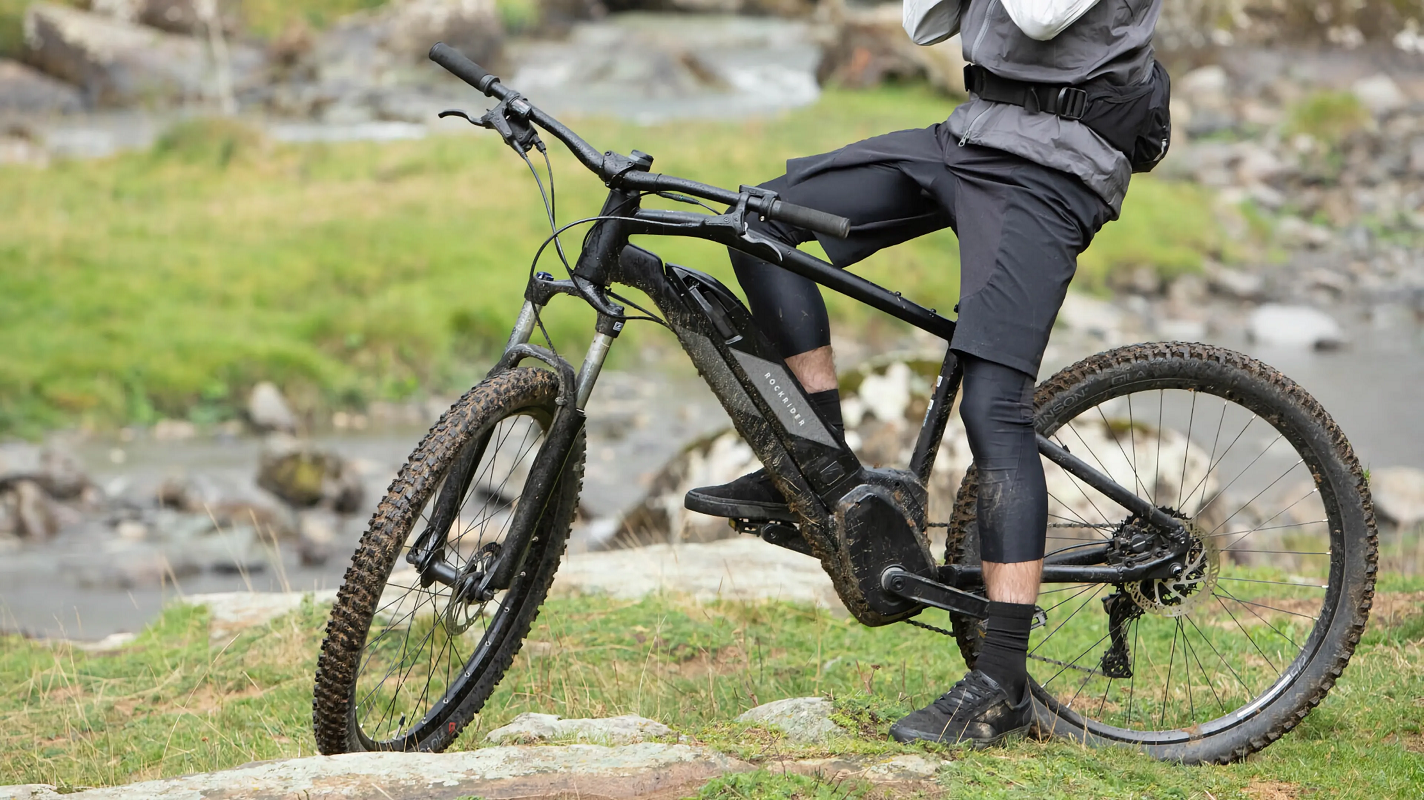
Choosing the right size mountain bike is essential for comfort, control, and overall enjoyment of your riding experience. Riding a bike that is too small or too large can lead to discomfort, decreased performance, and even potential injury. In this article, we will guide you through the process of choosing the right size mountain bike to ensure a perfect fit and an optimal riding experience.
Understand the Importance of Bike Fit
Before we dive into the specifics of sizing, it’s crucial to understand the importance of bike fit. Riding a bike that doesn’t fit you properly can result in a range of issues, including discomfort, decreased efficiency, loss of control, and potential injuries. A well-fitted bike, on the other hand, will allow you to ride longer, more comfortably, and with improved performance.
Consider Your Riding Style and Terrain
The first step in choosing the right size mountain bike is to consider your riding style and the type of terrain you’ll be tackling. Different styles of mountain biking require different frame geometries and riding positions. Here are some general guidelines based on riding style:
Cross-Country (XC): If you’ll be primarily riding smoother trails and focusing on speed and efficiency, you’ll want a more upright and efficient riding position. This typically requires a slightly longer top tube length and a shorter seat tube.
Trail Riding: For more varied terrain, including technical sections, you’ll want a balance between efficiency and maneuverability. Look for a bike with a slightly longer top tube and a more relaxed riding position.
Downhill (DH): For aggressive downhill riding, stability and control are key. This calls for a more upright and relaxed riding position, which can be achieved with a shorter top tube and a longer seat tube.
Measure Your Inseam Length
One of the most important measurements when sizing a mountain bike is your inseam length. This measurement will help determine the appropriate frame size for your height. To measure your inseam length, follow these steps:
Stand barefoot against a wall with your feet shoulder-width apart.
Place a book or a level between your legs, against your crotch, and make sure it is parallel to the floor.
Measure the distance from the top of the book or level to the floor. This measurement is your inseam length.
Determine Your Frame Size
Once you have your inseam length, you can use it to determine the appropriate frame size for your height. Keep in mind that different manufacturers may have slight variations in sizing, so it’s always a good idea to check the specific sizing charts provided by the bike manufacturer. As a general guideline, you can use the following chart:
Inseam Length: Frame Size
Less than 27 inches: Extra Small (XS)
27-29 inches: Small (S)
29-31 inches: Medium (M)
31-33 inches: Large (L)
33 inches and above: Extra Large (XL)
Consider Reach and Stack Measurements
While frame size is important, it’s not the only factor to consider when choosing the right size mountain bike. Reach and stack measurements play a crucial role in determining your riding position and overall comfort on the bike. Reach refers to the horizontal distance between the bottom bracket and the top of the head tube, while stack refers to the vertical distance between the bottom bracket and the top of the head tube.
To get a rough estimate of your reach and stack preferences, you can use your arm span as a starting point. Stand up straight with your arms outstretched and measure the distance between your fingertips. This measurement can provide a general idea of your preferred reach and stack measurements.
Test Ride Different Sizes
Once you have determined the appropriate frame size based on your inseam length and have an idea of your preferred reach and stack measurements, it’s time to test ride different sizes. Keep in mind that sizing can vary between bike manufacturers, so it’s always best to try out different models and sizes if possible.
During the test ride, pay attention to how the bike feels in terms of comfort, control, and maneuverability. You should be able to reach the handlebars comfortably without feeling stretched or cramped. Your knees should have a slight bend when the pedals are at their lowest position, and you should be able to shift your weight easily without feeling off-balance.
Fine-Tune Your Fit
Even after finding the right frame size and testing different sizes, you may still need to fine-tune your fit for optimal comfort and performance. This can be done through adjustments in saddle height, stem length, handlebar width, and other components. If you’re unsure how to make these adjustments, consider consulting with a professional bike fitter who can help ensure your bike is set up correctly for your body.

